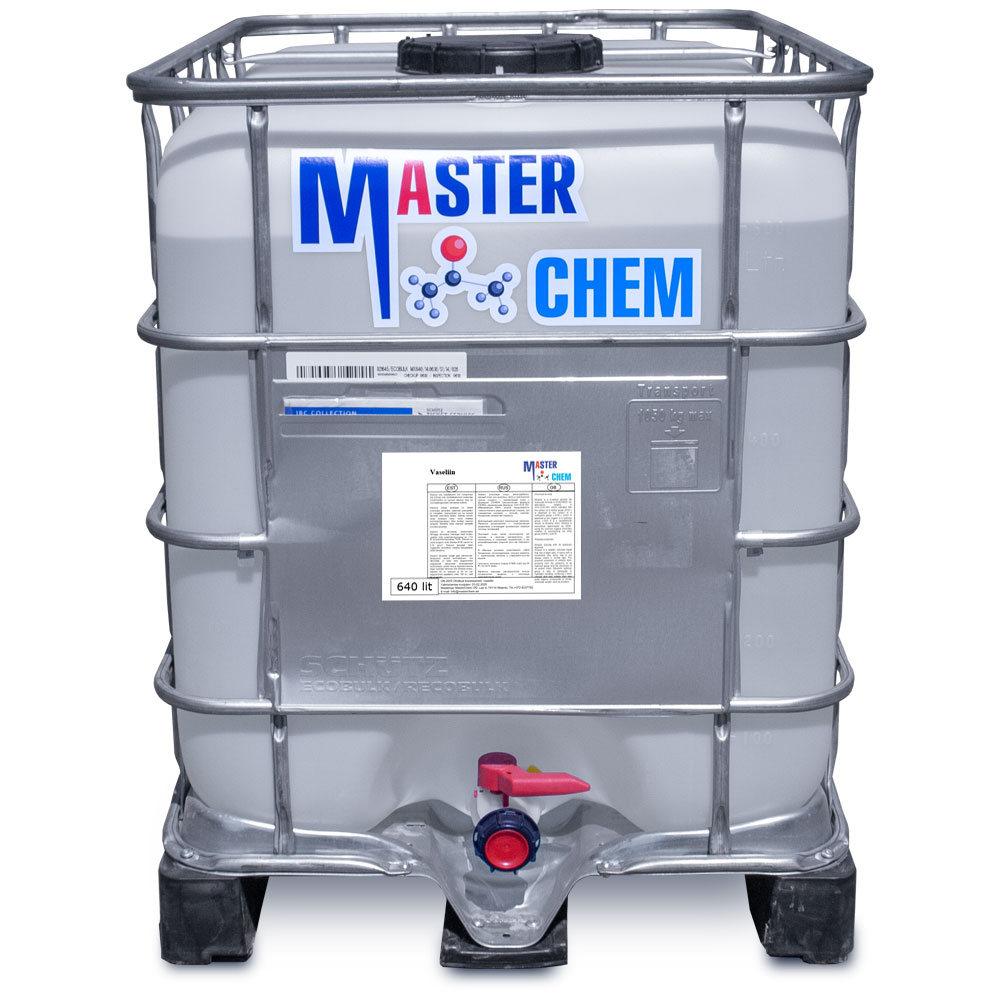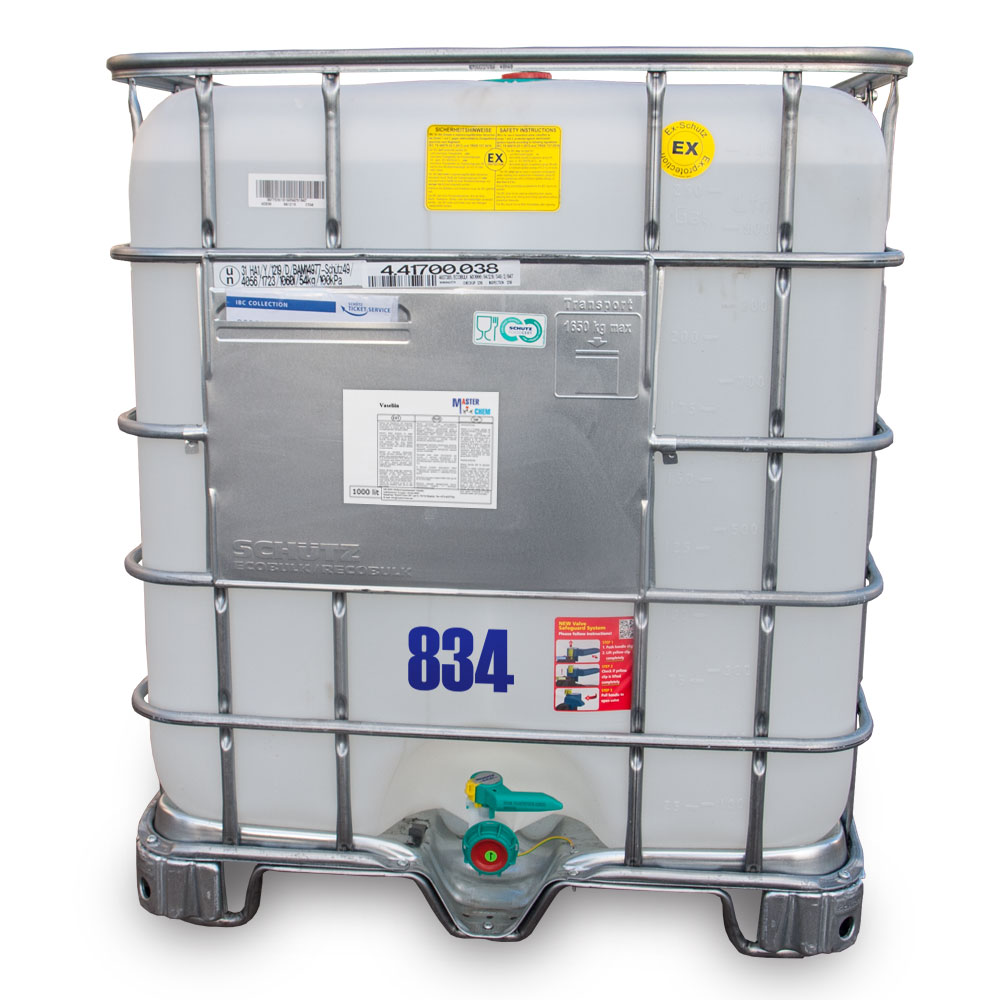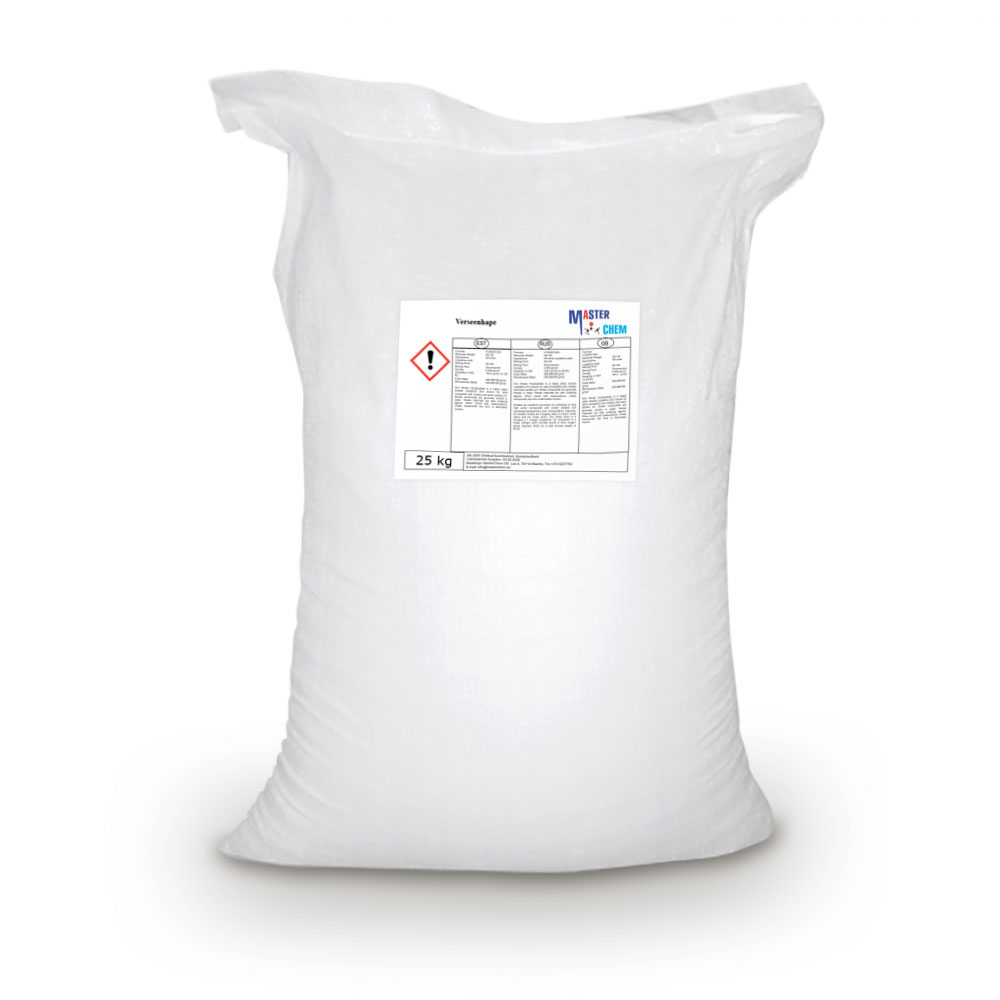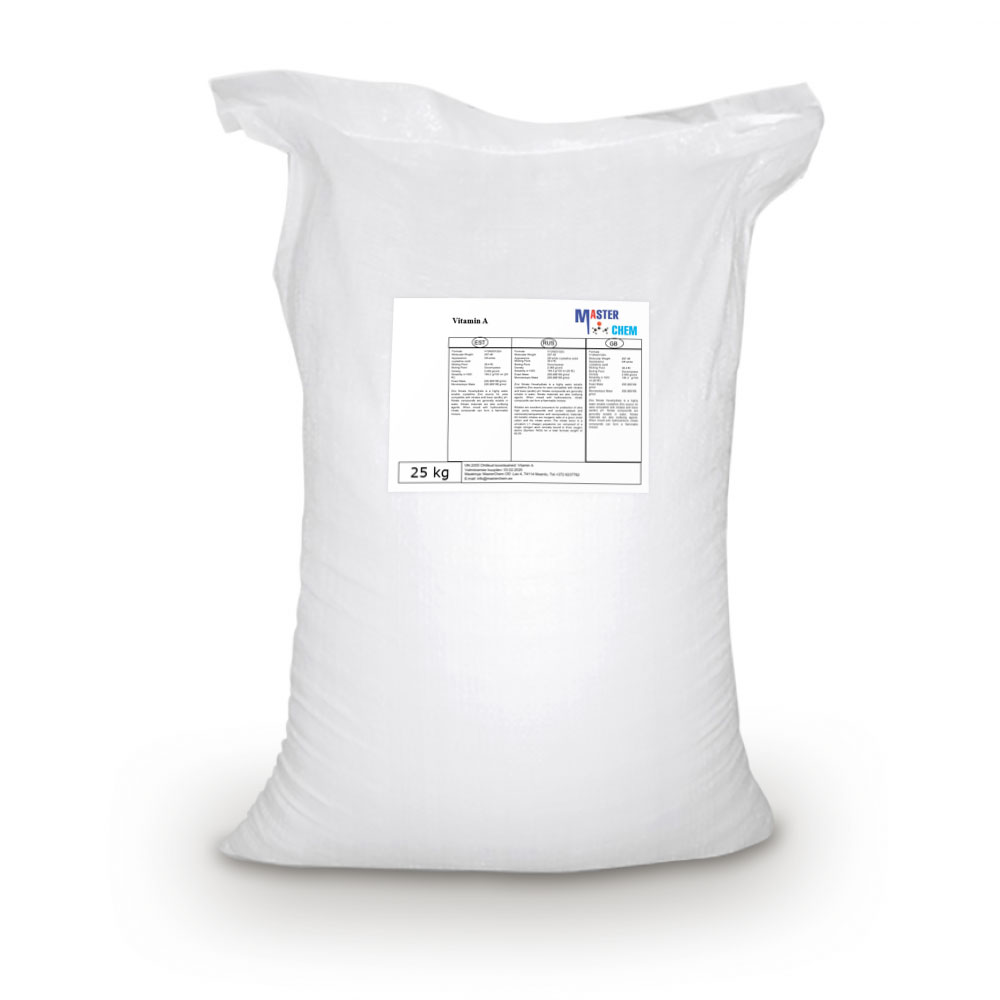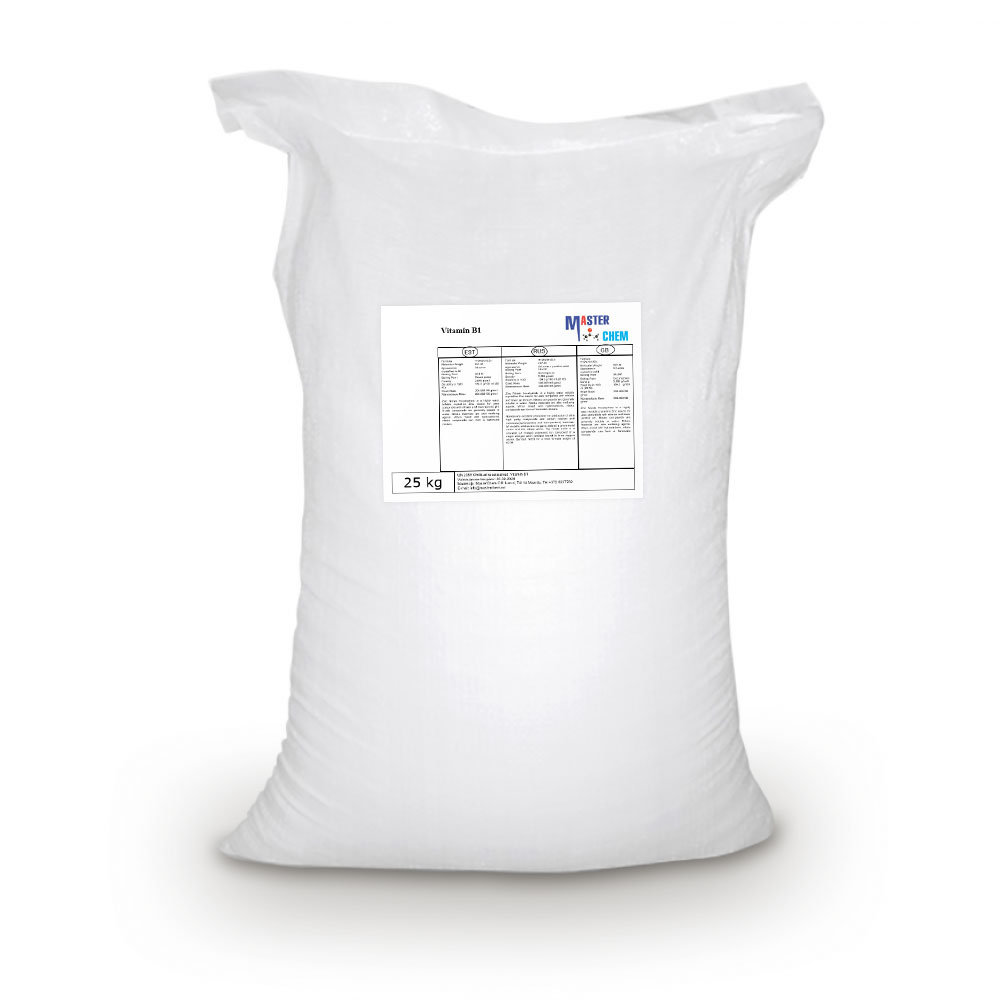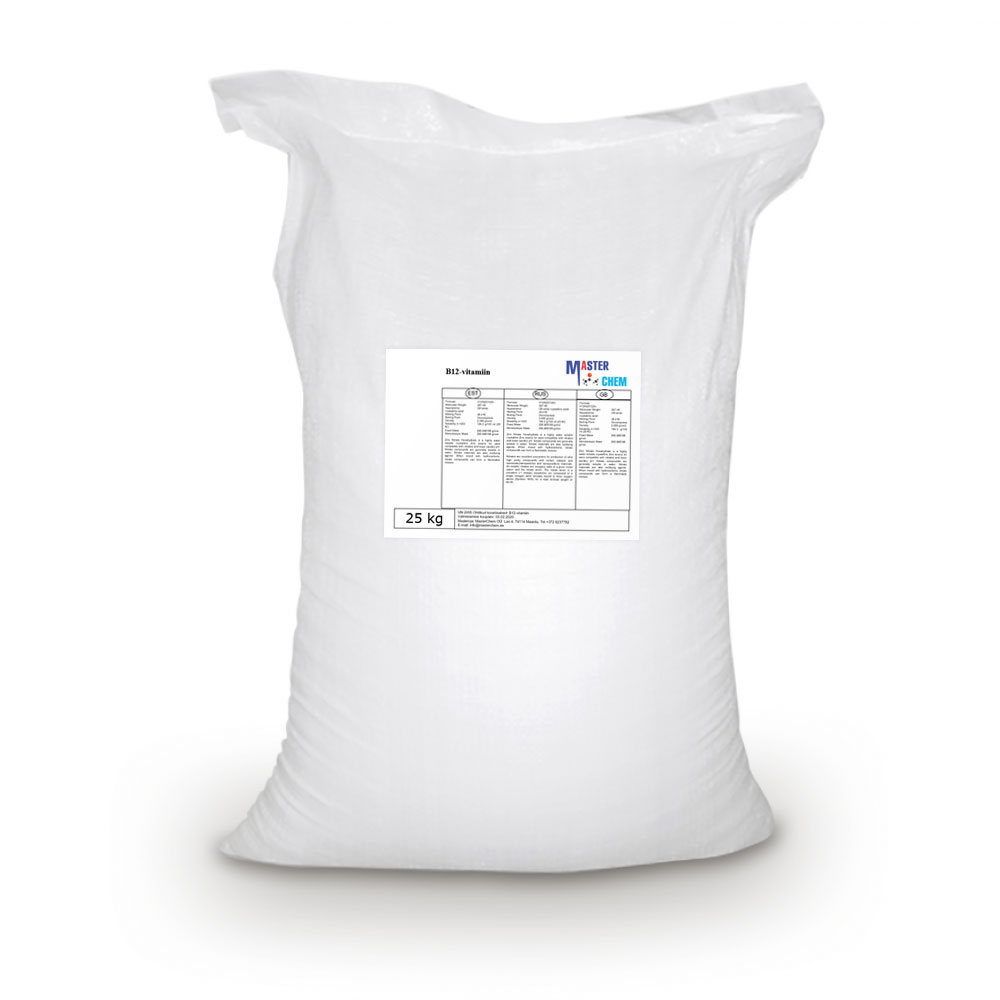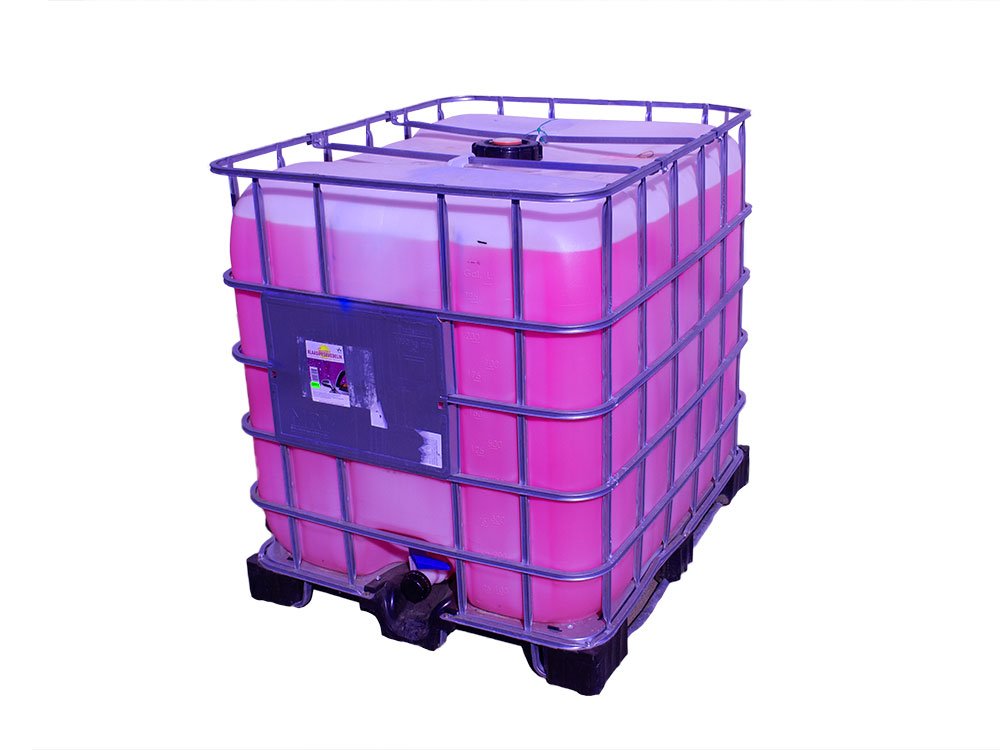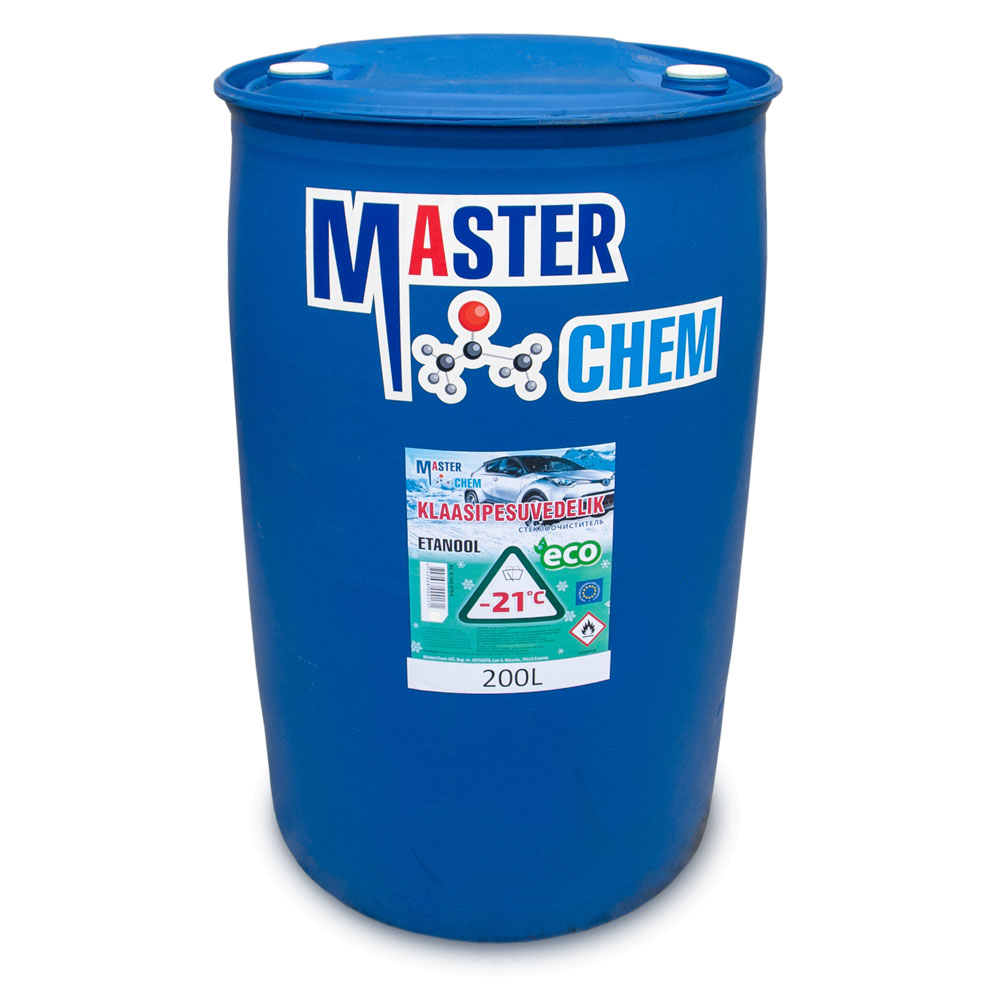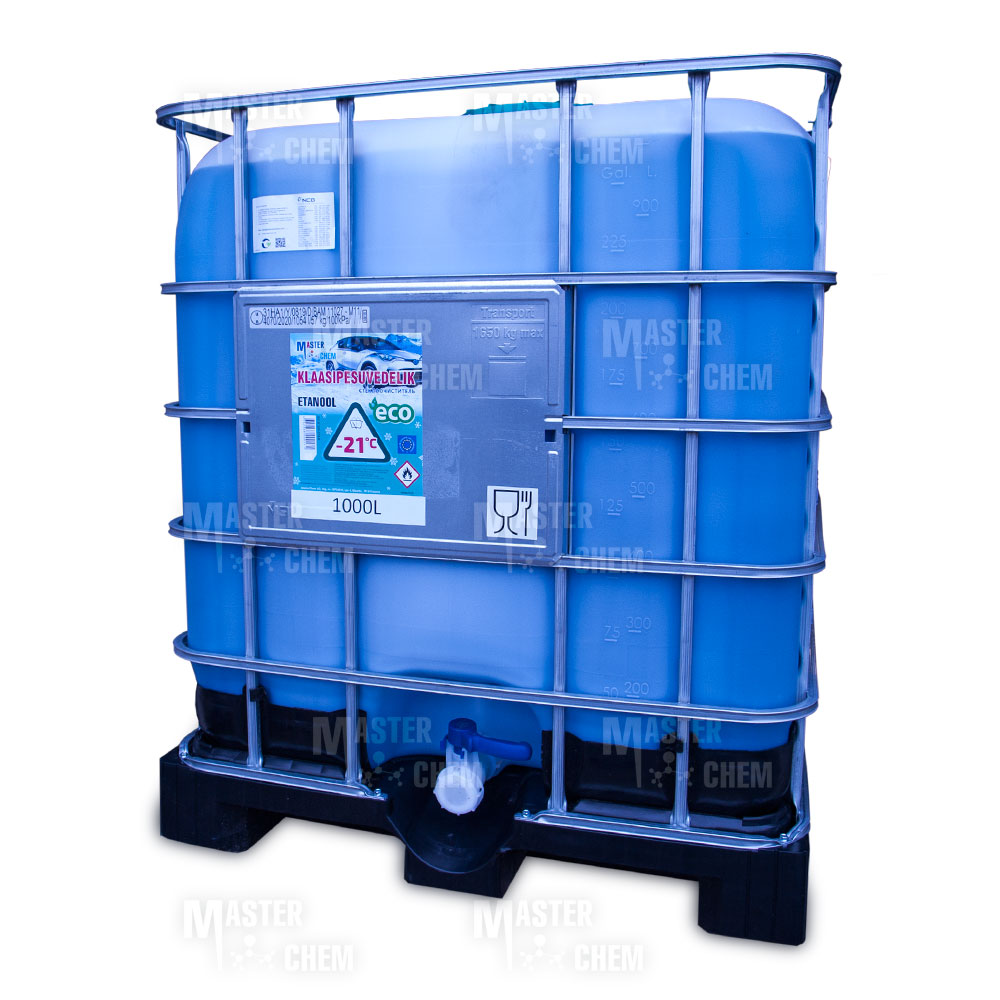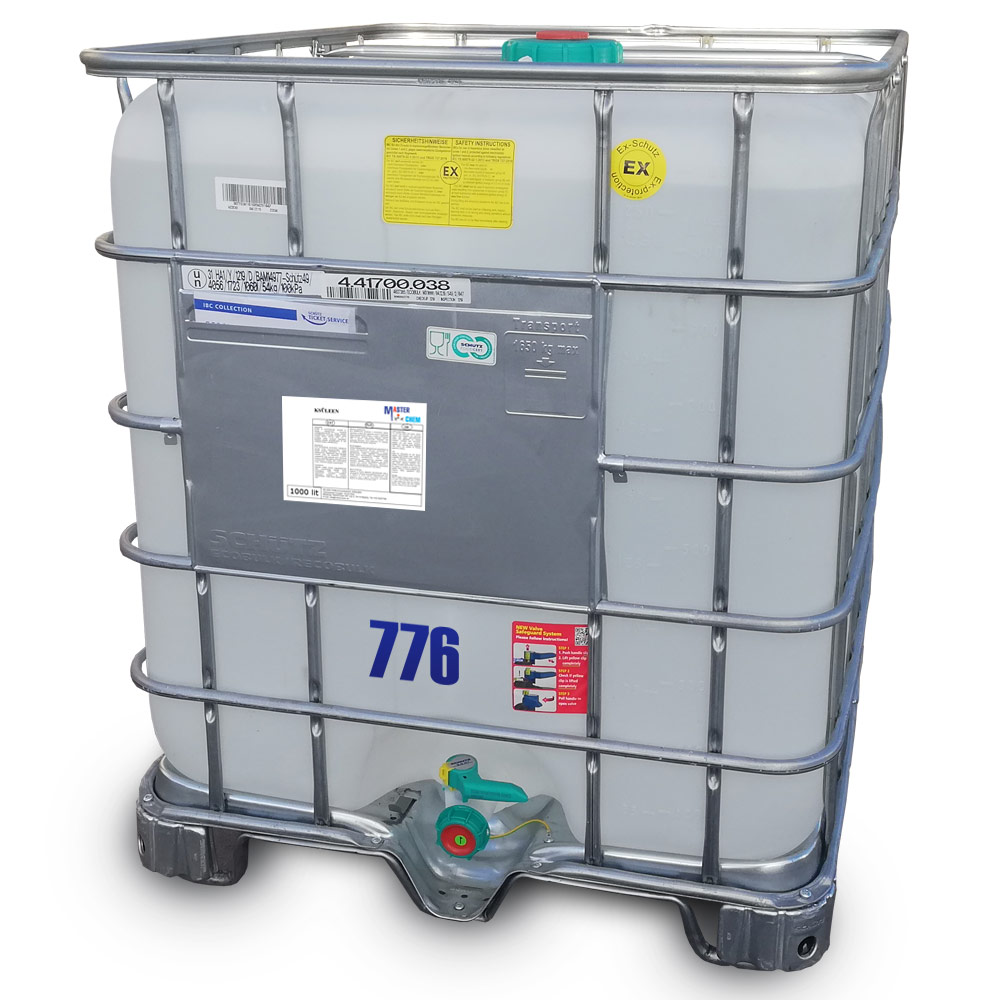Currently Empty: €0.00
Urotropine (stabilized, unstablished) (CAS 100-97-0)
Urotropine (stabilized, unstablished) (CAS 100-97-0)
Hexamethylenetetramine, also known as methenamine, hexamine, or urotropin, is a heterocyclic organic compound with the formula (CH2)6N4. This white crystalline compound is highly soluble in water and polar organic solvents. It has a cage-like structure similar to adamantane. It is useful in the synthesis of other organic compounds, including plastics, pharmaceuticals, and rubber additives. It sublimes in vacuum at 280 °C.
Vaseline (white, yellow) (CAS 8009-03-8)
Vaseline (white, yellow) (CAS 8009-03-8)
Vaseline (Latin Vaselinum, Paraffinum unguinosum, Petrolatum) is an odorless and tasteless buttery white liquid. With incomplete cleaning, the color changes from black to yellow, with complete cleaning – to translucent. Consists of a mixture of mineral oil and hard paraffins. Melting point 27-60 ° C, viscosity 28-36 mm² / s at 50 ° C. Let’s dissolve in ether and chloroform, insoluble in water and alcohol, miscible with any oils except castor oil. Obtained from vacuum distillate oil fractions by thickening with petrolatum, paraffin and ceresin. Does not saponify with alkali solutions, does not oxidize, does not turn rancid in air.
Versenic Acid (CAS 60-00-4)
Versenic Acid (CAS 60-00-4)
Versenic Acid is a specialized raw material for the cosmetics industry. It is used, among others in shampoos, creams, lip glosses, tanning products and shower gels. Serves as a consistency stabilizer improving viscosity and giving the right consistency. It is also a preservative aimed at preventing changes in the consistency, appearance and smell of cosmetics. In high concentration, it is irritating to the mucosa and skin.
Vitamin A (CAS 79-81-2)
Vitamin A (CAS 79-81-2)
Vitamin A palmitate is a common vitamin supplement, available in both oral and injectable forms for treatment of vitamin A deficiency, under the brand names Aquasol A, Palmitate A and many others. It is a constituent of intra ocular treatment for dry eyes at a concentration of 138 μg/g (VitA-Pos) by Ursapharm. It is a pre-formed version of vitamin A; therefore, the intake should not exceed the Recommended Dietary Allowance (RDA). Overdosing preformed Vitamin A forms such as retinyl palmitate leads to adverse physiological reactions (hypervitaminosis A).
Retinyl palmitate is used as an antioxidant and a source of vitamin A added to low fat milk and other dairy products to replace the vitamin content lost through the removal of milk fat. Palmitate is attached to the alcohol form of vitamin A, retinol, in order to make vitamin A stable in milk.
Retinyl palmitate is also a constituent of some topically applied skin care products. After its absorption into the skin, retinyl palmitate is converted to retinol, and ultimately to retinoic acid (the active form of vitamin A present in Retin-A), though neither its skin absorption nor its conversion is very effective.
Vitamin A (CAS 79-81-2)
Vitamin A (CAS 79-81-2)
Vitamin A is a fat-soluble vitamin and an essential nutrient for humans. It is a group of organic compounds that includes retinol, retinal, (also known as retinaldehyde), retinoic acid, and several provitamin A carotenoids (most notably beta-carotene (β-carotene). Vitamin A has multiple functions: it is essential for embryo development and growth, for maintenance of the immune system, and for vision, where it combines with the protein opsin to form rhodopsin – the light-absorbing molecule necessary for both low-light (scotopic vision) and color vision.
Vitamin B1 (CAS 532-43-4)
Vitamin B1 (CAS 532-43-4)
Thiamine nitrate is the thiamine salt formed from one mole of thiamine base and one mole of nitric acid. It occurs as an anhydrous crystalline solid of low hygroscopicity. Thiamin (vitamin B1) is a member of the vitamin B complex. Attributing to low hydroscopicity, thiamine nitrate works as a more stable form of thiamine in pharmaceutical preparations.Thiamine nitrate is preferred to be used for the preparation of multivitamins and as a food fortification in dry blends and dry products such as in wheat flour.
Vitamin B12 (CAS 68-19-9)
Vitamin B12 (CAS 68-19-9)
Vitamin B12, also known as cobalamin, is a water-soluble vitamin involved in metabolism. It is one of eight B vitamins. It is a cofactor in DNA synthesis, in both fatty acid and amino acid metabolism. It is important in the normal functioning of the nervous system via its role in the synthesis of myelin, and in the maturation of red blood cells in the bone marrow.
The most common cause of vitamin B12 deficiency in developed countries is impaired absorption due to a loss of gastric intrinsic factor (IF) which must be bound to a food-source of B12 in order for absorption to occur. A second major cause is age-related decline in stomach acid production (achlorhydria), because acid exposure frees protein-bound vitamin. For the same reason, people on long-term antacid therapy, using proton-pump inhibitors, H2 blockers or other antacids are at increased risk. Deficiency may be characterized by limb neuropathy or a blood disorder called pernicious anemia, a type of megaloblastic anemia. Folate levels in the individual may affect the course of pathological changes and symptomatology of vitamin B12 deficiency.
Vitamin E (CAS 58-95-7)
Vitamin E (CAS 58-95-7)
Vitamin E is a group of eight fat soluble compounds that include four tocopherols and four tocotrienols. Vitamin E deficiency, which is rare and usually due to an underlying problem with digesting dietary fat rather than from a diet low in vitamin E, can cause nerve problems. Vitamin E is a fat-soluble antioxidant which may help protect cell membranes from reactive oxygen species.
Windscreen washer summer MasterChem
Ready to use windshield washer fluid for summer use. Contains special additives (nano) to remove insect debris and dirt from the windscreen. Does not damage rubber or plastic parts. Made by MasterChem.
Windshield Washer Fluid winter -21°C ECO ethanol base MasterChem
Ready to use windshield washer fluid for winter use. Freezing Point -21 °C. Contains special additives (nano) to remove insect debris and dirt from the windscreen. Does not damage rubber or plastic parts. Made by MasterChem.
Xanthan gum (CAS 11138-66-2)
Xanthan gum (CAS 11138-66-2)
Xanthan gum (/ˈzænθən/) is a polysaccharide with many industrial uses, including as a common food additive. It is an effective thickening agent and stabilizer to prevent ingredients from separating. It can be produced from simple sugars using a fermentation process, and derives its name from the species of bacteria used, Xanthomonas campestris.
Xylene (CAS 1330-20-7)
Xylene – is an aromatic hydrocarbon widely used in industry and medical technology as a solvent. It is a colorless, sweet-smelling liquid or gas occurring naturally in petroleum, coal and wood tar, and is so named because it is found in crude wood spirit (Gr. xy`lon- wood). It has a chemical formula of C6 H4 (CH 3)2 and is referred to as “dimethyl benzene” because it consists of a six-carbon ring to which two methyl groups are bound. It exists in three isomeric forms: ortho-, meta- and para-xylene.
Xylene is used as a solvent in the printing, rubber, paint and leather industries. It is found in small amounts in airplane fuel, gasoline and cigarette smoke. In dentistry, xylene is used in histological laboratories for tissue processing, staining and cover slipping and also in endodontic retreatment as a guttapercha solvent. Its high solvency factor allows maximum displacement of alcohol and renders the tissue transparent, enhancing paraffin infiltration. In staining procedures, its excellent dewaxing and clearing capabilities contribute to brilliantly stained slides.
CAS: 1330-20-7


